10 Exotic Fruits You Can Find Cheaply in Japan
If it's not possible to take a tropical vacation, then perhaps enjoying exotic fruits in Japan is the next best thing. While many supermarkets already sell fresh produce, certain fruits are mostly available only in Asian stores. We've got all the "juicy" details on where to find them, including both the "king" and "queen" of fruits!
By Katrina Vinluan5. Mini Watermelons
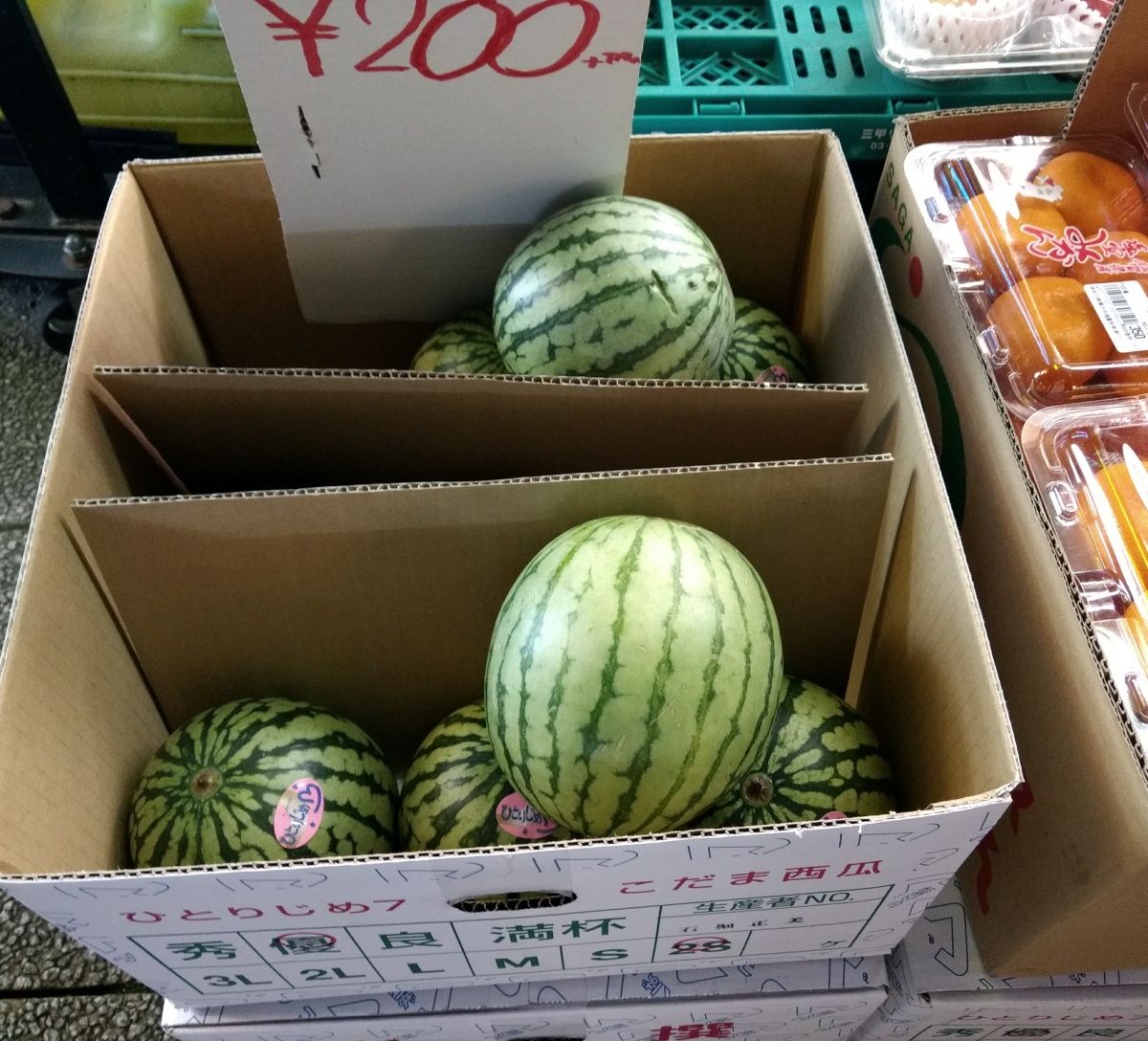
Huge watermelons abound in Japan, especially during summer—in time for the Japanese tradition of suikawari, a game of splitting of watermelon with a stick, with the person blindfolded. Watermelons in regular supermarkets in Japan are quite pricey though. In Asian stores, because mini watermelons are easily found in tropical countries, they sell cheaply.
4. Red Mangoes
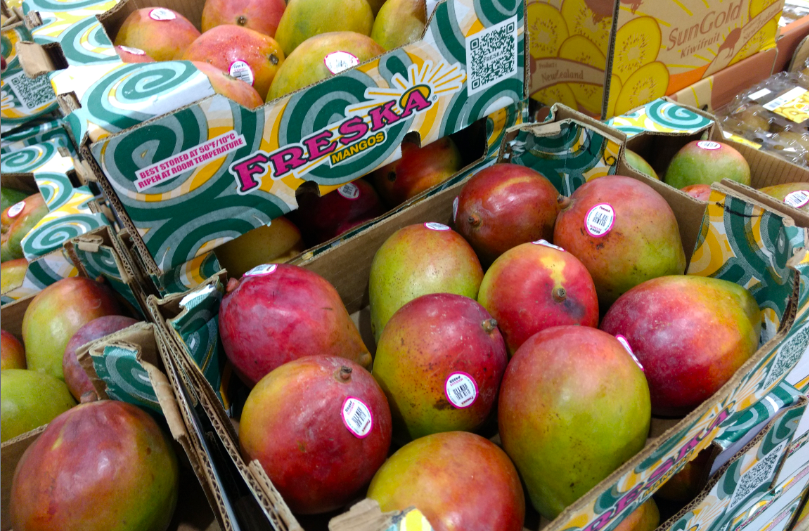
In some Southeast Asian countries, this special variety of mango is known as the "apple mango," "red mango" or "Indian mango." When these mangoes are not yet ripe, they are crunchy enough to munch like guava and taste almost like a crossover between an unripe guava and a Mexican turnip. Compared to other varieties, these aren't sour when unripe. When ripe, they're almost like a marriage between a mango and a peach. While shops like Asia Yaosho and Tokyo Rose have these, occasionally, Costco also sells them!
3. Jícama (Mexican Turnip)
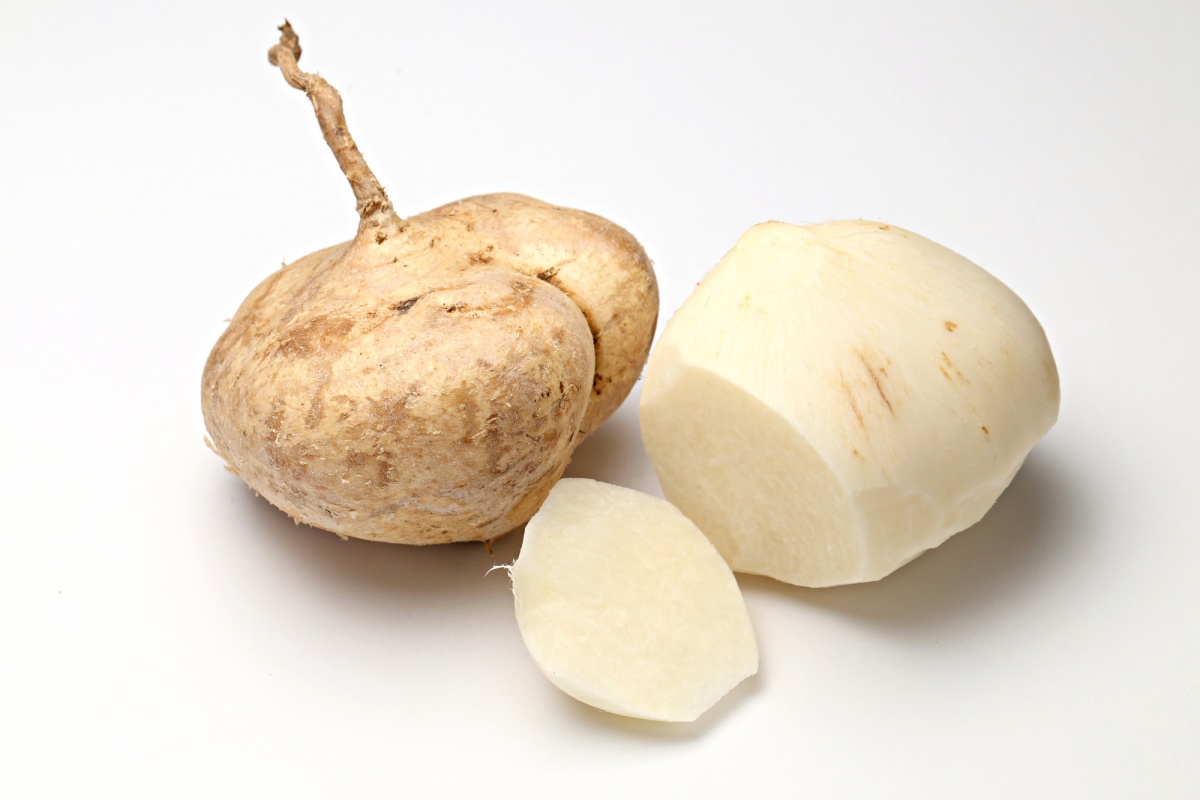
While commonly called jícama in much of the world, in the Philippines this fruit is called singkamas and is usually eaten fresh after dipping into vinegar, salty shrimp paste or sea salt. This fruit could also be used for cooking. Its crunchy white flesh almost tastes like a bland version of a watermelon. It is a light and refreshing fruit perfect for snacking!
2. Durian
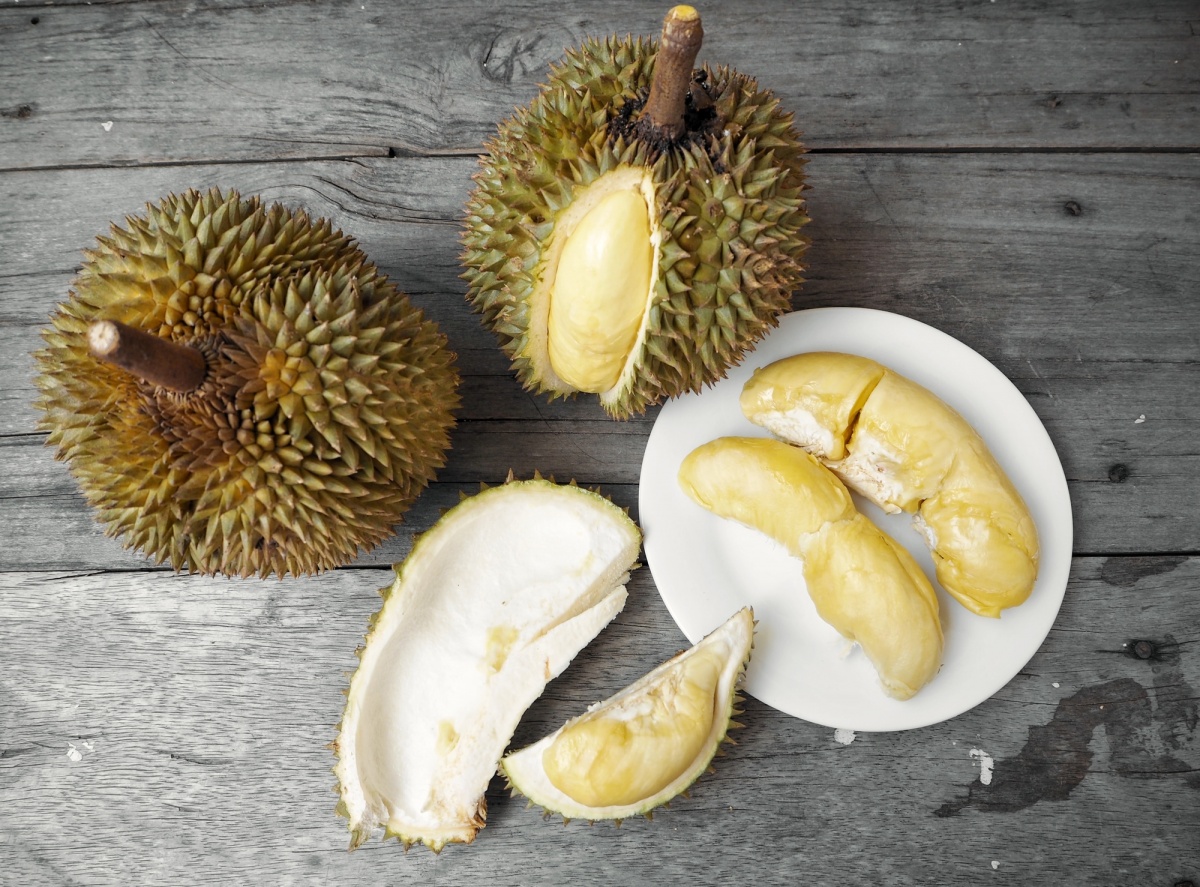
Durian, called the "King of Fruits," is one of those things that "you either love it or hate it." And while it's easier to find in Southeast Asia, Asian shops in Japan, such as Tokyo Rose, actually carry these. In Britain, it earned the title of "World's Smelliest Fruit" when it went on sale for the first time in 2014. And a simple Google search will reward you with several uninitiated people trying out this fruit, with descriptions of the smell ranging from fermented mango to wet garbage. But while some people find the scent of durian overpowering and unpleasant, others find it uniquely sweet. In Southeast Asian countries, they are eaten fresh or made into smoothies, creamy ice cream, candies and jams.
1. Mangosteen
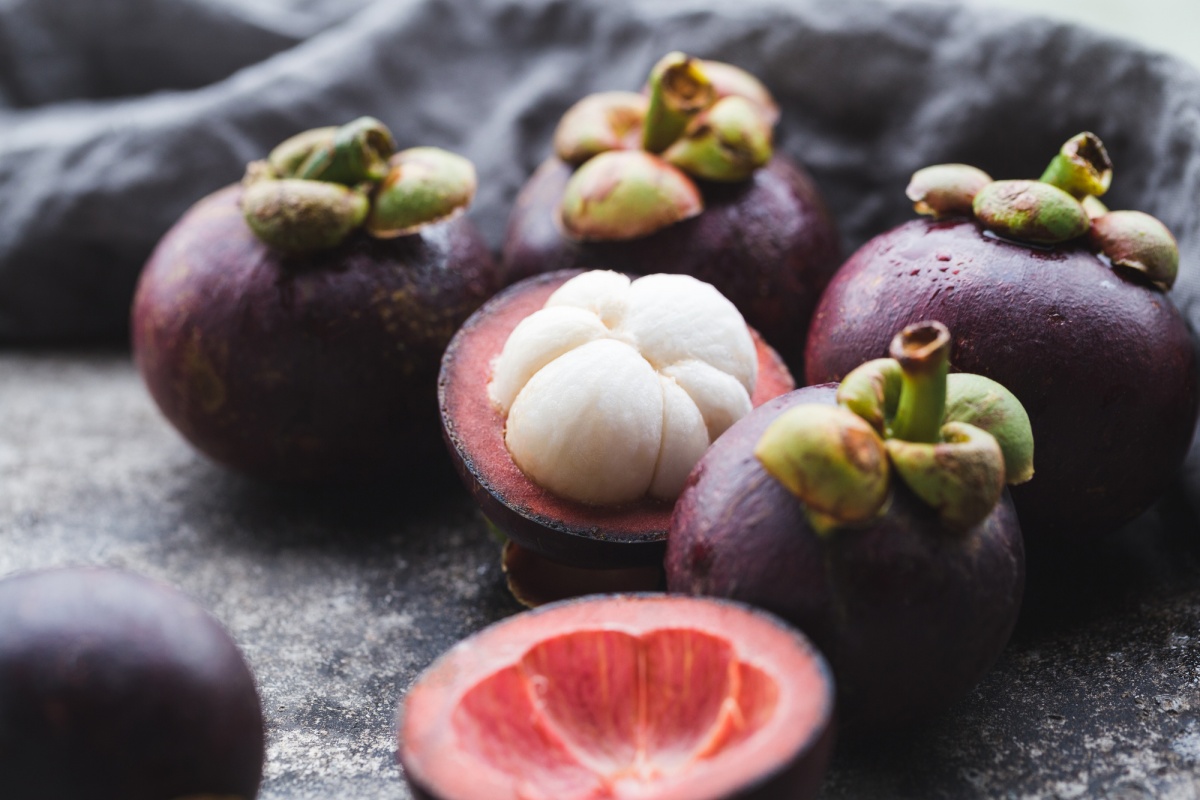
Hailed as the "Queen of Fruits," as a major contrast to durian, some health experts have tagged mangosteen as a super fruit, because of its vitamins and nutrients. Mangosteen has even been used as an ingredient in weight loss supplements, diabetes treatments, urinary tract infection cleansing and more. This sweet and sour pulpy fruit can be eaten fresh or can be made into a juice or smoothie. Most Asian stores and even Costco sells these!



